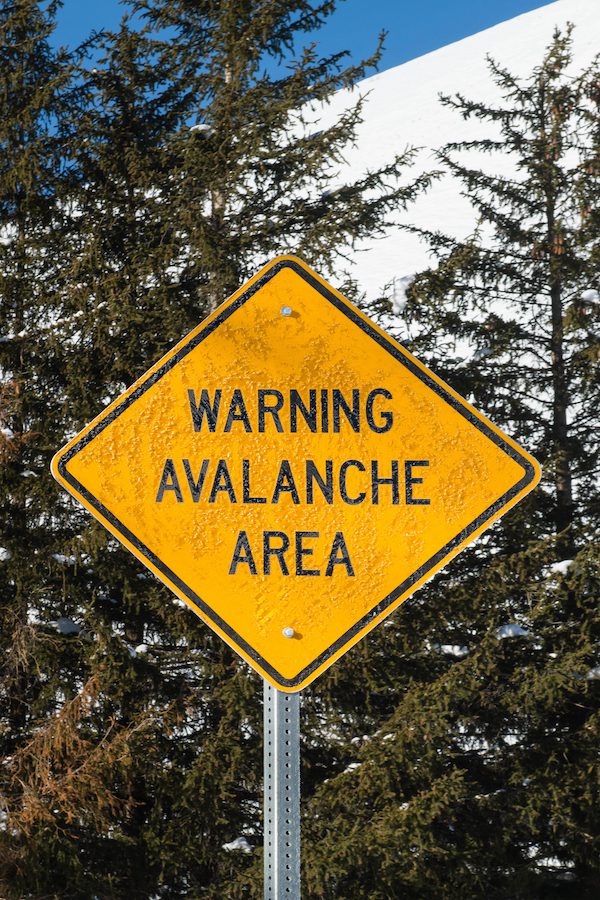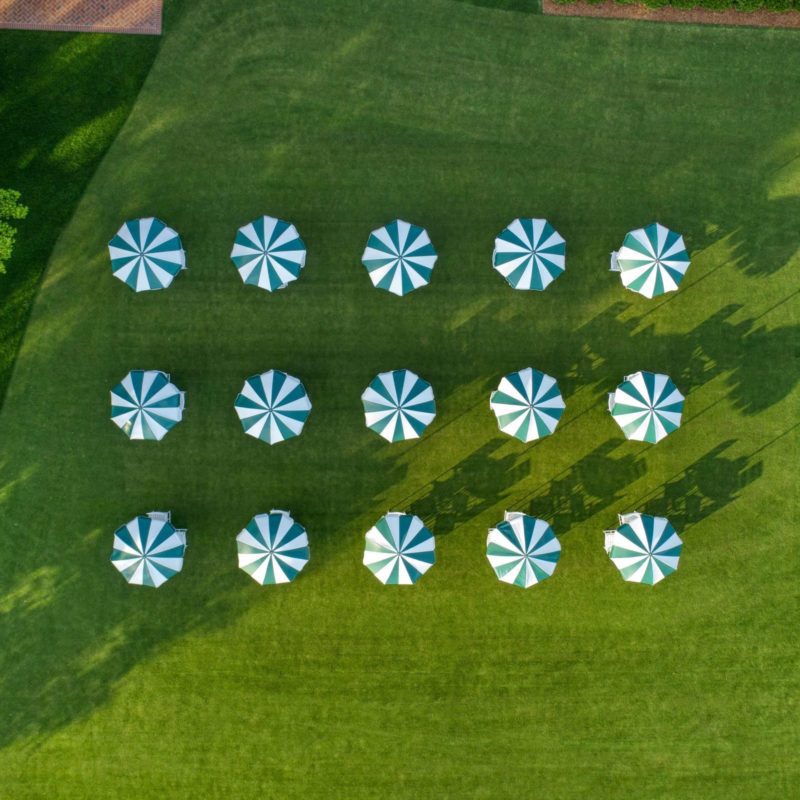Puppies to the rescue? Behind every easy day on the slopes, a talented team is hard at work ensuring it stays that way. At the oldest destination ski resort in the United States, Sun Valley’s ski patrol stands ready for an avalanche, storm, or perhaps a visitor who isn’t the sharpest at slalom. While equipped with the most modern technology, their most valued team members are actually a few four-legged friends. Continuing a centuries-old tradition, it turns out that “Man’s Best Friend” is also the best avalanche rescue tool of them all.
Canines have had a long history in mountain rescues, dating back to 980 when St. Bernard opened a monastery and hospice in the Southern Alps. Bernard and his fellow monks would raise a breed that became famous over the centuries for their “saintly” rescuing skills. St. Bernard dogs were trained to find weary travelers in the mountains eventually becoming famous for their searching instincts. One of the monks’ most famous dogs, Barry, was credited with saving over 40 lives in the 19th Century—so famous that his body was preserved and still on display at the Natural History Museum of Bern.
But what makes a dog advantageous during avalanches? Well, a canine’s sense of smell is believed to be 40 times more powerful than that of a human and in avalanche and winter storm rescues, time is a key survival factor. Even with all the technology out there, a single snout can successfully cover more ground than an entire team of rescuers, potentially making a life-saving difference.
Since the early 1980s, avalanche dogs have been famed members of Sun Valley’s Ski Patrol. Currently, the ski patrol’s canines-a team of six, including the likes of Blaze & Wally- have been indispensable in any emergency near the slopes and surrounding areas of Idaho. Consistently trained for any situation by mock avalanche simulations, the dogs continue to make an impact on the ski patrol’s ability to help any visitors in need. Surprisingly, these loyal rescuers don’t ask much in return from Sun Valley patrons for their services—a scratch behind the ear or the petting of the head will do.


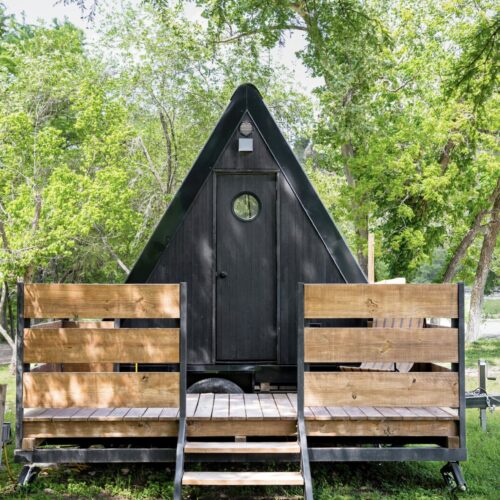
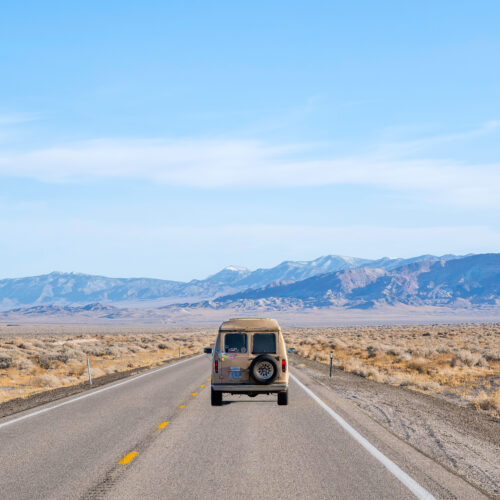
















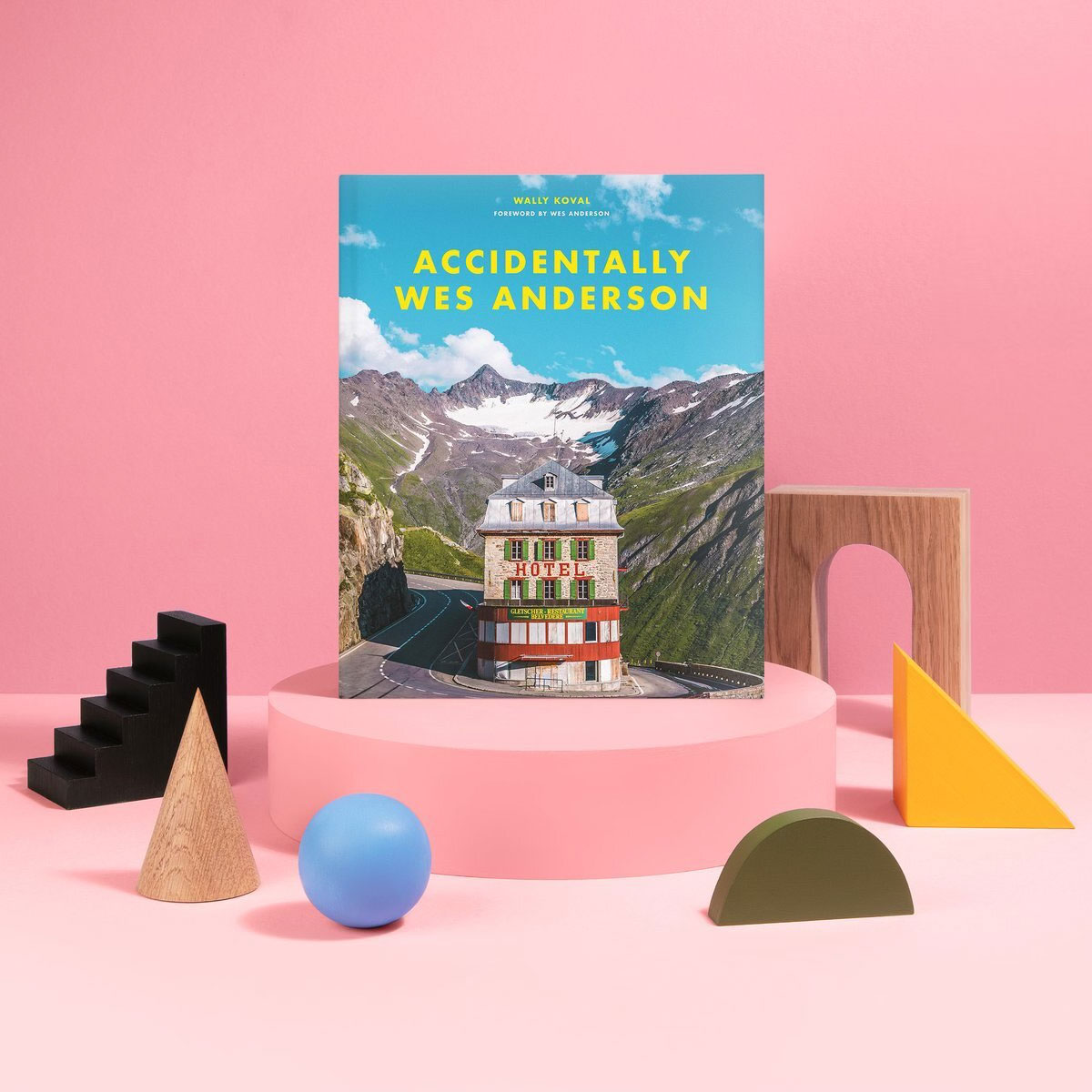



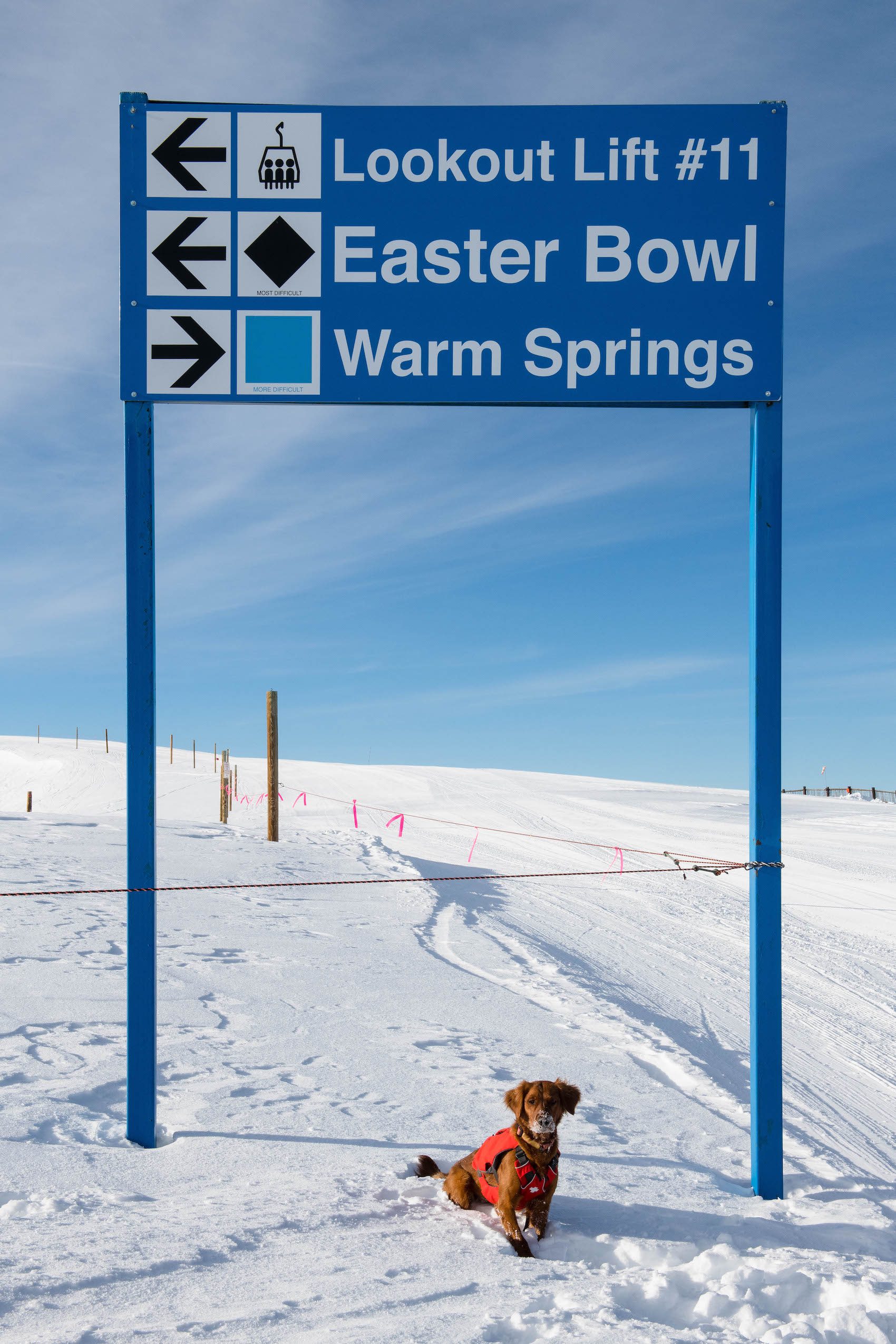
 :
: 